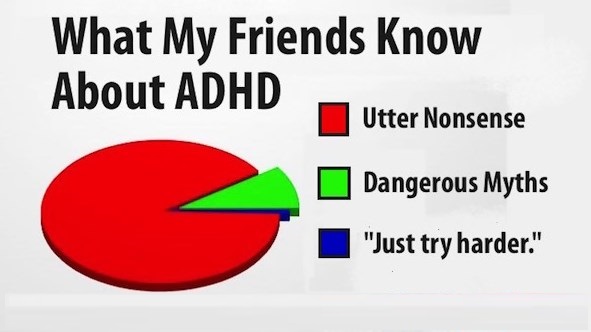
Our recent research found a very low correlation between many of these clarifications and their root symptoms in the DSM-5. Additionally, no guidance was offered as to whether these phrases should clarify existing symptoms or be treated as “new” symptoms. Little to no effort was made to empirically test them for their relationship to ADHD, to the root symptom they clarify, and to the extent they facilitate accurate diagnosis. But the lingering issue is that these phrases were essentially invented by DSM-5 committees.

These changes may have led to a rise in ADHD diagnoses, because they count as additional symptoms even when the root symptom they modify is not endorsed. Some DSM-5 symptoms do include parenthetical clarifications meant to capture adolescent and adult experiences. Few adults with ADHD would use these terms to describe their daily experience with the condition, leaving clinicians to extrapolate these items into clinical practice with adults. These phrasings don’t translate well to the adult experience. We can see this in the phrasing of certain symptoms, such as “can’t play quietly” or “driven by a motor” in the hyperactive/impulsive items.

The ADHD symptoms listed in the DSM were developed for children. Problem: DSM Symptoms Do Not Reflect Adult ADHD symptoms are persistent and significantly interfere with major life activities and/or result in significant suffering.the individual meets five out of nine listed symptoms of inattentiveness and/or five out of nine listed symptoms of hyperactivity/impulsivity.Which raises the question: Is the DSM-5 helping or hurting the accurate diagnosis of ADHD in adults? ADHD in Adults: Diagnostic Problems and SolutionsĪccording to the DSM-5, an ADHD diagnosis in adults is warranted, in part, if: The informed ADHD clinician knows this and uses first-hand clinical and research knowledge to develop effective management and treatment strategies. The DSM-5 criteria for ADHD - from arbitrary age cut-offs to ambiguous symptom descriptions - is concerning because it does not accurately reflect the observed experiences of individuals in this specific population or applicable research. More often than not, the latter considers the DSM-5 criteria on its own too narrow and confining – even problematic – for accurately assessing an adult’s symptoms of attention deficit hyperactivity disorder ( ADHD or ADD).
#Add vs adhd symptoms in adults manual#
Most clinicians today evaluate adult ADHD symptoms through one of two lenses: strictly adhering to the Diagnostic and Statistical Manual of Mental Disorders (DSM-5) or the view of the informed clinician or researcher who adjusts these criteria based on the relevant research literature.


 0 kommentar(er)
0 kommentar(er)
